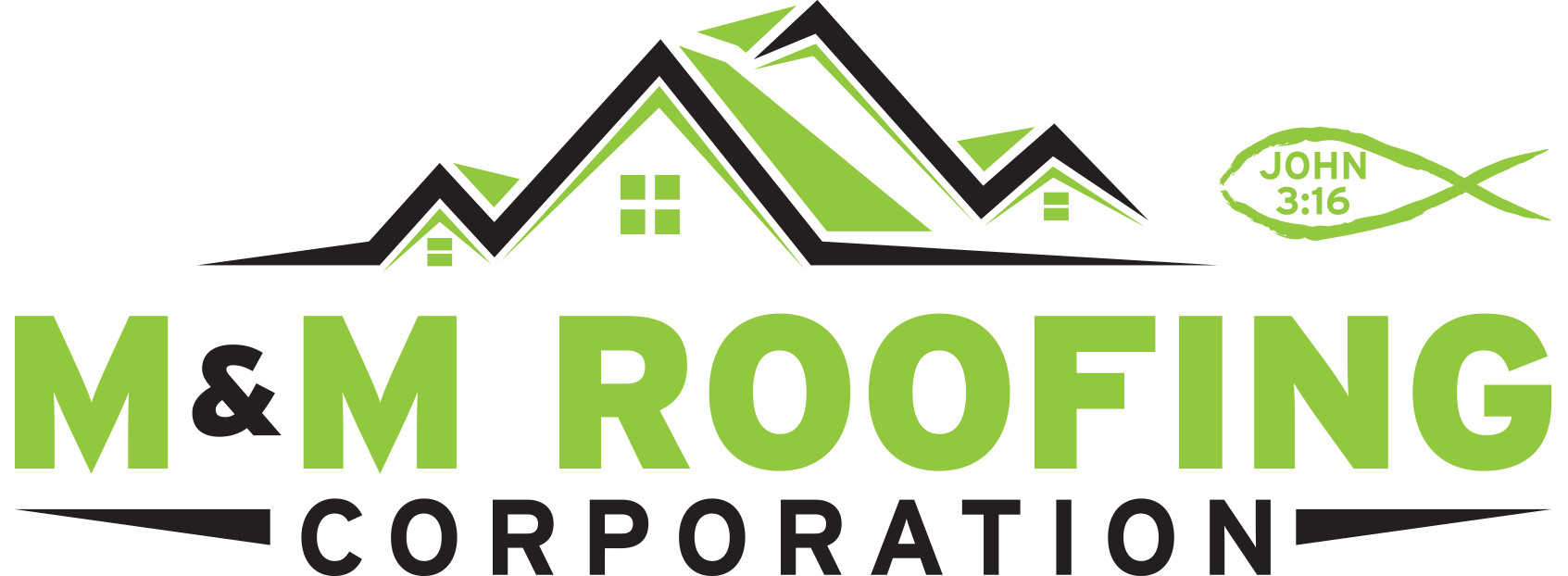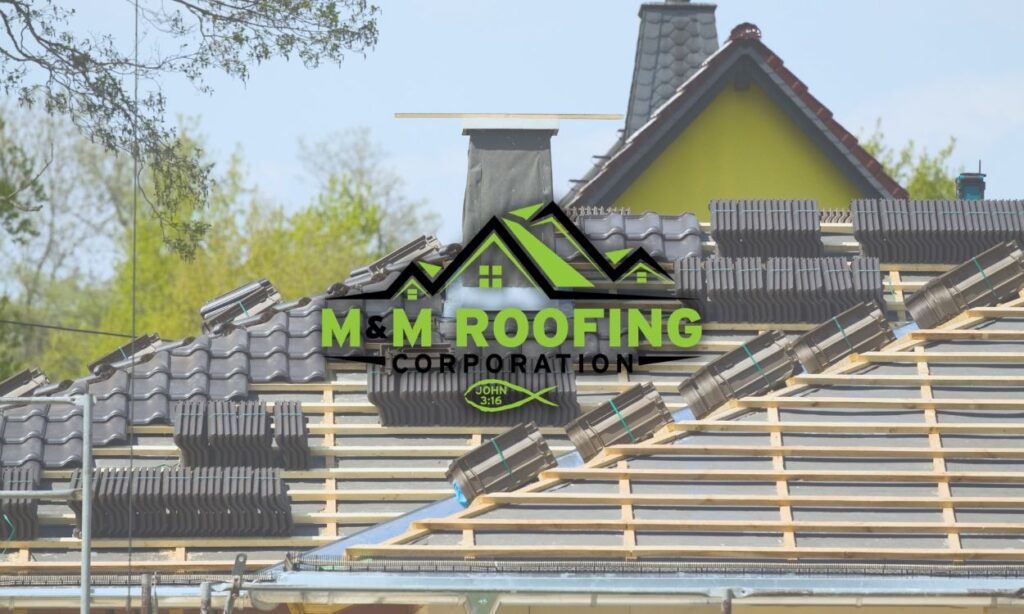Suppose you’ve wondered how the roof on your home works; you’re not alone. Whether a new homeowner or an experienced pro, it’s worth knowing the basics of your roof’s components. There are five main parts: decking, trusses, gutter systems, shingles, and vent pipe. Learn about these components and how they work together to protect your home from the elements.
Decking
Three main layers make up your roof: the underlayment, the decking, and the covering. While you can choose any of them, they all have important roles. The decking is the visible layer that covers the rafters, and the body is the layer that makes your roof look nice. This is the part of the roof anatomy that most homeowners understand. To get the best results, you need to use suitable materials.
Trusses
You may be surprised to learn that your roof comprises several components. Trusses are a typical example. These wooden structures are prefabricated and come in various shapes and sizes. They support the entire roof decking system. The rafters and beams support the insulation, which helps keep your home warm and cool. The trusses are solid and durable and support the roof’s integrity.
Gutter systems
The gutter system is an essential part of your home’s exterior design. It comprises several components that work together to direct water away from the house. These parts include the downspout, splash block, and elbow. While gutters are often simple devices, they can vary significantly in capacity and appearance. Taking the time to understand these parts will ensure that your gutter system will perform as it should.
Shingles
Many components make up your roof. A few of these are described below. Roof shingles are the first line of defense against Colorado weather and are installed in successive courses from the bottom to the top. They are usually made of asphalt, but other materials can also be used. A vent pipe extends from the roof and allows fresh air to enter the plumbing system, draining quickly. A ridge cap is a unique shingle that runs along the ridge line. It protects the interior of a house from snow and rain while allowing heat and moisture to escape.
Ridge cap shingles
The ridge cap is an essential part of a roofing installation. It covers the ridge of a roof and helps to allow air to pass through the attic. Ideally, a ridge cap will provide a seamless finish to the top. When installing a ridge cap, you should follow the proper installation process to ensure it looks as good as possible. The first step in completing the installation is to mark the ridge with chalk. A chalk line will help ensure that the shingles are evenly placed over the cliff.
Ridge vents
When appropriately installed, ridge vents in your roof will improve air circulation in and around your home, especially in the winter. Having ridge vents will keep your house cooler and more comfortable year-round, reducing energy bills. However, they are not DIY projects and should be left to professional contractors. Inexperienced contractors may cut the ridge gaps too large or too small, making them ineffective and hindering airflow.
Fascia
The fascia of your roof is a vital element of moisture protection for your home. It should be checked for damage regularly, as leaks or other problems will mean the top has to be replaced. Over time, water damage can lead to rotted roofing materials and mold growth. As a result, the damage can spread to the interior of your home. If you notice splinters or discoloration on the fascia, it may be time for a replacement.
Call M & M Roofing Corp if you need a Professional Roofing Contractor; we service all the New Jersey Area.

